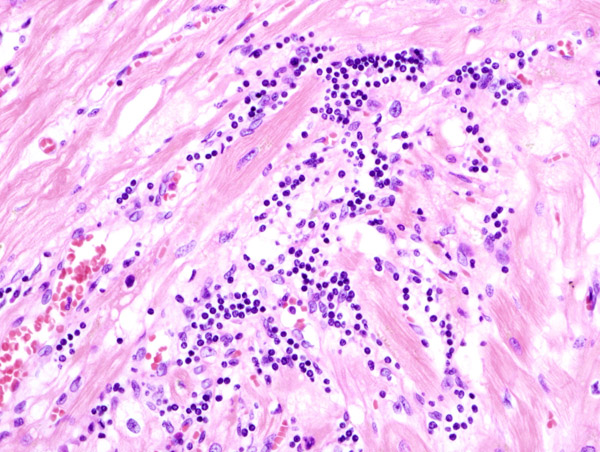I highly recommend listening to our latest podcast with Dr. Vinay Prasad, an extremely intelligent, articulate, and courageous physician who has been absolutely phenomenal speaking out against the “unscientific” public health policies of the last 20 months. Vinay is an astoundingly prolific writer—publishing in academic journals and in the lay press—and now has an excellent YouTube channel that I turn to daily to get his analysis of the latest scientific and health policy news.
During our conversation with Vinay, and reflecting on some outlandish positions taken by the CDC on the incidence of COVID-induced myocarditis, Anish startled me by mentioning Michel Foucault and his notion of “regimes of truth,” the idea that the dominant political forces essentially set the framework under which a society comes to an understanding of things. “If knowledge is not power, but power is knowledge, then scientific objectivity may be a myth. What do you think about that!?” Anish challenged Vinay.Continue reading “Is myocarditis real?”







